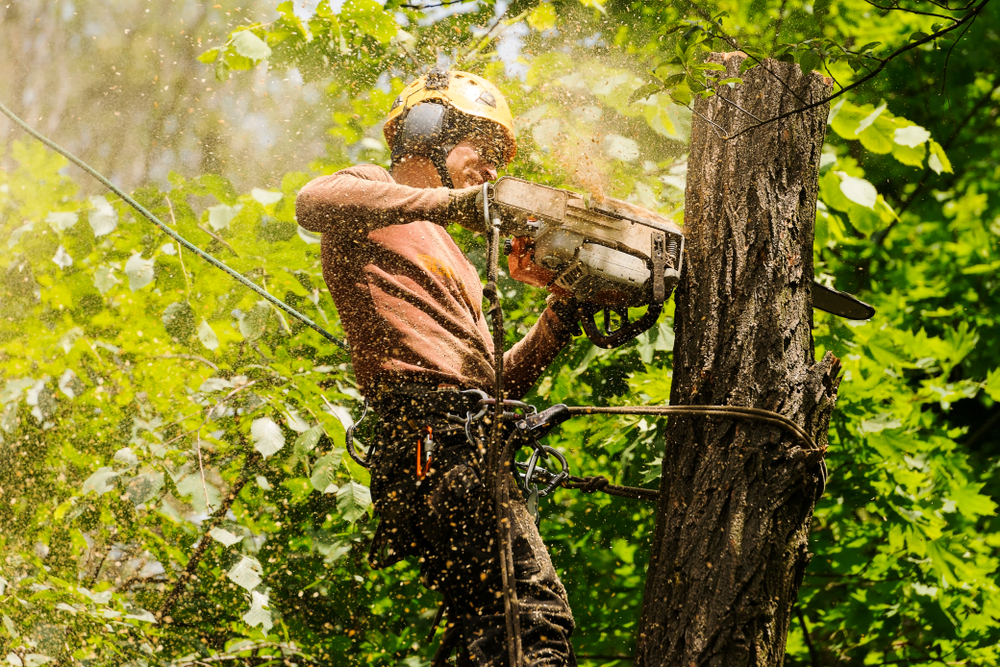Arborist Qualification Checklist
The arborist is an important professional who ensures that trees and other plants remain healthy and safe for our environment. These are workers with professional education and obligatory practical experience in tree treatment, so they recognise tree biology, insect diseases, and correct pruning methods. Yet not all arborists are the same, there is a distinction between their qualifications and, thus, the service provided. An “Arborist Qualification Checklist” is a useful guide of a list that is important to both the aspiring arborist and one who wants to hire a professional. These areas of certification, skills, and experience are important when deciding whether or not an arborist is ready to safely and effectively take on many different tree care services. It is important to know the qualifications mentioned above when making decisions regarding the trees and thus have a healthy and safe environment.

The following checklist includes
- Technical Education
- Licensing work
- Other general requirements to become an arborist
- Hands-on experience
- Benefits of getting an arborist certification
Technical qualification
- For the basic level of skills, you can enter the Certificate III in Arboriculture course.
- The student is required to take whole theory courses on tree biology and methods for tree care.
- Understand the best practices and tools that are needed to follow for any arborist.
- To add more credibility, one should register with Arboriculture Australia.
- Obtain all necessary OHS training to be safe at the workplace.
- Some of them are based on numbers such as supervised practical hours.
- Learn about tree identification, pruning and pest control.
- Awareness of other regulations concerning the physical environment and corresponding sustainable measures.
- Build relationships with specialists in the field to gain a mentor.
- Keep current with arboriculture training and certifications in progress.
Licensing work
- It’s necessary to legally preserve trees in Australia; therefore, get an Arborist Industry License.
- Obtain a license that permits one to operate heavy machinery without posing high risks to other people.
- Get permission from local councils before the arborist work commences.
- Make yourself acquainted with every law governing tree removal in your area.
- It is therefore important that you adhere to the set environmental order within respective areas.
- The following licensing documents should be updated and the current copies readily available:
- Take some time to verify any other permits that may be needed for certain given projects.
- Stay in touch with local authorities during projects.
- Inform yourself of new changes to the licensing regimes.
- Perform all evaluations required to get the necessary licenses as required.
Hands-on experience
- Practical experience in the aspects of tree pruning and general tree maintenance.
- Discover recommendations for tree falling to avoid dangerous situations.
- Practice working at loaded heights wearing safety equipment.
- Develop distinct competencies in the use of heavy equipment and other hand tools.
- It is recommended to pass electrical training to know all possible dangers and precautions.
- The third skill about electrical power is to learn the safety measures to undertake around power lines and other sources of electricity.
- Undergo chemical training concerning the right procedures in handling arboricultural products.
- Obtain certification in first aid for instances in the field.
- Don’t forget the continuing education throughout your professional working years.
- Continual exposure to upgrade skills and knowledge to conform to the safety measures.
Other general requirements to become an arborist
- Undertaking extensive OHS training.
- Obtain licenses regarding the operation of large machinery.
- Sequel to that, the construction workers must undertake electrical safety training for working near or around power lines.
- Acquire knowledge in the safe use of chemicals in tree care.
- Get certification in first aid services in case of any incident.
- Membership in industry organizations such as Arboriculture Australia should be given an option.
- Consult in talent and performance management systems and recruitments.
Benefits of getting an arborist certification
- Improves reputation and growth of professionalism among the practitioners in the profession.
- Encompass more employment and employability.
- Enhances the understanding of safety and standards appreciated on the site.
- It was seen to care for the continual learning and professional development of its human resources.
- Creates avenues through which members of the arborist profession can interact with fellow professionals.
- Helps to build up customer confidence and customer satisfaction.
- Updates you on developments in the industry
- It makes you aware of the industry rules and the new developments.
- They support one to follow environmental sustainability best practices.





